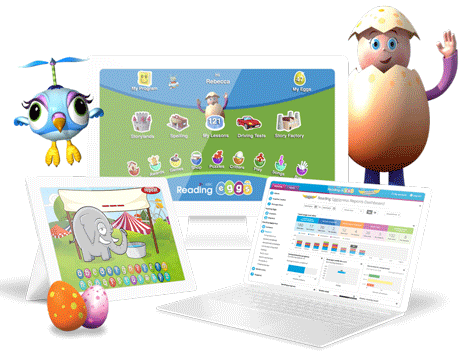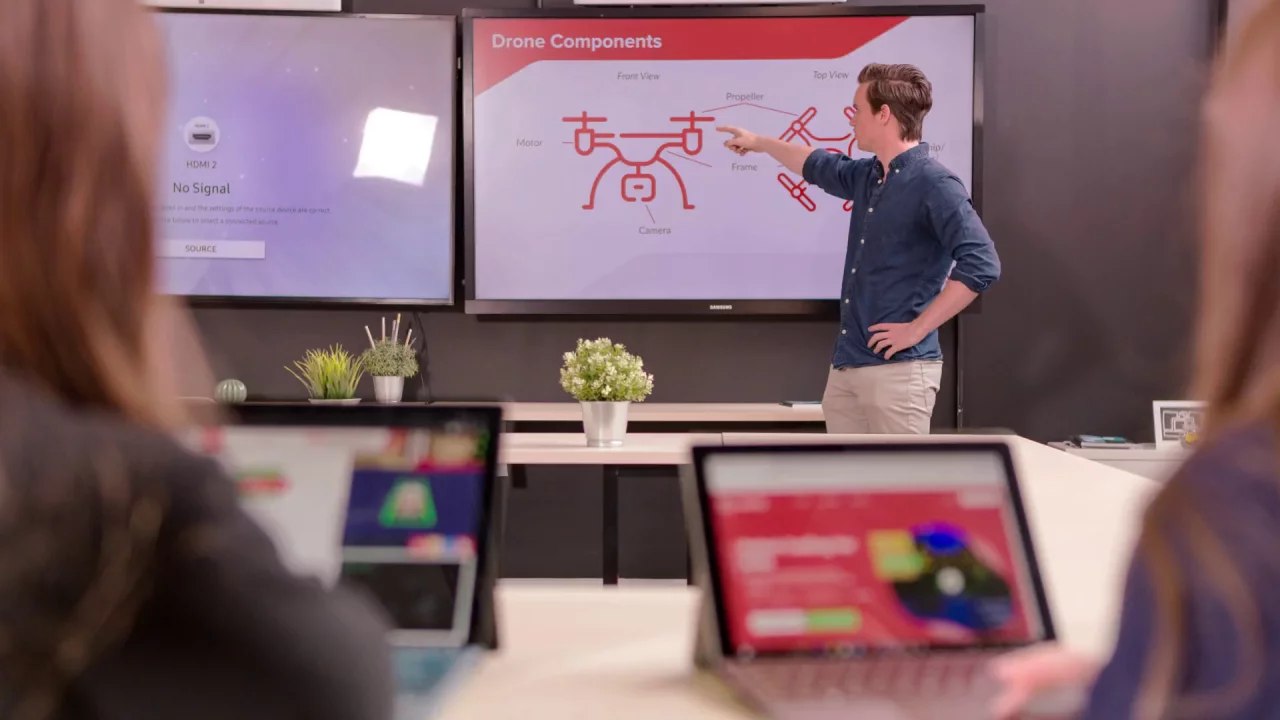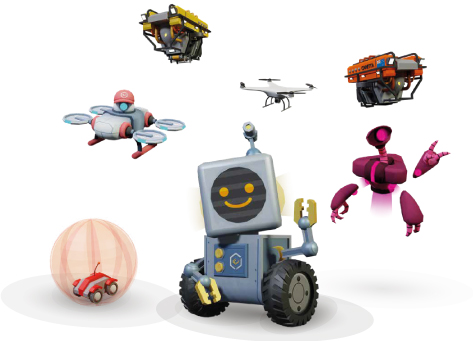
The Role Picture Books Play In Your Child’s Overall Development
The Role Picture Books Play In Your Child’s Overall Development
Do you remember the first book you ever read as a toddler? We bet it must have been a picture book, full of colorful illustrations of birds, flowers, and fruits, depending on your interest at that time. Picture books are suited for beginners who haven’t yet learnt their ABC’s, but are intrigued to discover a new vegetable or the name of a kitchen appliance by adding to their oral vocabulary.
Children have a photographic memory and can remember things by looking at the object or its picture in a book. Hence, let’s not undermine the importance of a good ‘picture book’. If you haven’t introduced one to your kiddo, below are a few good reasons to go for it now:
#1 Vocabulary Enrichment
Repeated exposure is what kids need when they are young, so that they get the confidence to identify anything that is shown to them and then talk about it in more detail. By the age of 3 years, children should have a rich vocabulary of 200-300 words, and a good way to add words to the child’s bank is by introducing them to multiple picture books. Also, while learning letters via the phonetic method, children learn to associate the letter sound /a/ to apple and /b/ for ball. There are plenty of picture books that teach kids letters and their associated words in a fun & interesting way.

#2 Making Stories More Interesting
We all know this famous idiom, a picture is worth a thousand words! Kids love stories, especially ones that have many pictures. By simply turning the pages of a fairytale book, one is transported into magic land, where unicorns fly. Children meet characters through stories, and learn good habits from Paddington the bear and Winnie the Pooh. The all-time classic ones are Goldielocks, Cinderella, and The Ugly Duckling, amongst many others. Allow kids to browse through the book, though they can’t read the one-liner captions. Let kids share what they understood from the story and hear how they interpreted the story and its moral.
#3 A Habit for Reading
Former Microsoft CEO Bill Gates attributes his secret of success to his habit of being able to read around 50 books a year. And the famous Tesla owner, Elon Musk, read for 10 hours a day, before he became the world’s richest person. Inculcating the habit of reading should be started as early as possible. Even though it’s just a picture book, make sure your child dedicates 30 minutes each to reading-time. This will help them continue the practice, even when they’ve grown to become teenagers and learn to appreciate books.
#4 Emotional Maturity
Understand that your child is not just growing physically but also mentally and emotionally. To invoke emotions such as joy, empathy, self-control, etc. children need to experience related life situations or read a good picture book that brings up these emotions. A mystery or thriller edition like ‘Nancy Drew’ will get children to experience excitement, terror, and surprise, while a story like ‘The Boy Who Cried Wolf’ will lead to expressing some other emotions such as; sadness, anger, and laughter. Explain to your kid which emotions are healthy and which ones are not healthy. For example, anger should be kept at bay by training the mind to focus on other productive things.

So, are you excited to gift your kiddo the childhood they deserve? Picture books are invaluable tools that have multiple benefits, such as improving vocabulary, building understanding of important things, and evoking emotional intelligence. Wondering where to find interesting books with illustrations?
Reading Eggs is a great place to start your child’s reading journey. This is a unique online programme available in Dubai, the GCC regions and other countries across the globe, with the aim of promoting interest in books amongst children. The readers are free to progress at their own rate and partake in exciting quizzes and challenges at the end of the story. Most schools in the Middle East, recommend Reading Eggs to support the students’ academic progress. Their growing collection of picture books is a must-read for every enthusiastic reader. For more information about downloading Reading Eggs in the UAE, visit our website: :link:

















Recent Comments